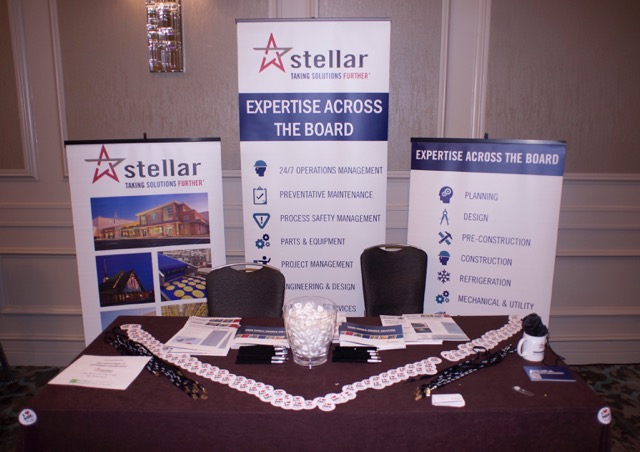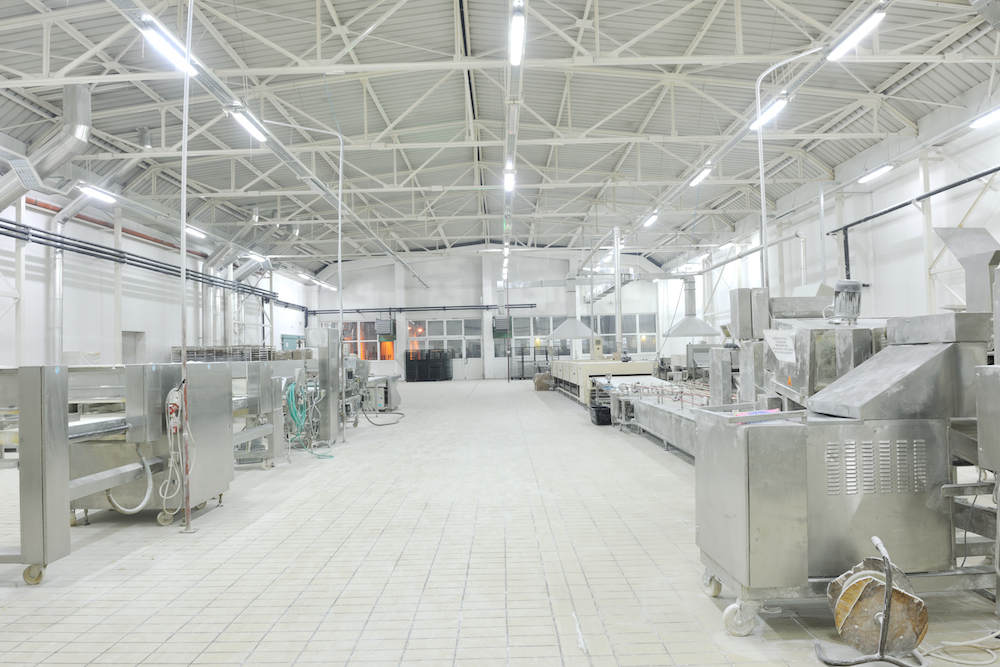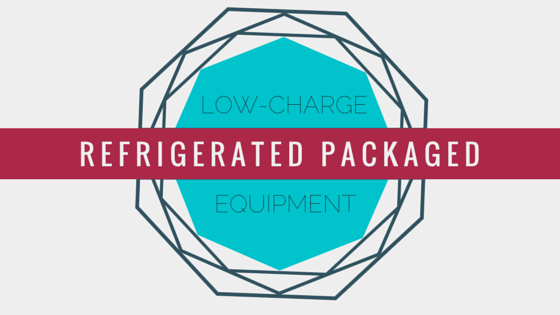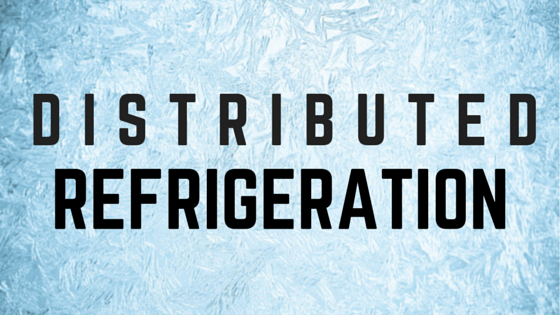14 Factors to Keep Your Refrigeration Compressor Package in Check
While we’ve already blogged about ways to determine the fitness of your refrigeration compressor, it’s important to pay attention to the big picture as well. Ensure you keep up with the the health of your entire refrigeration compressor package, as failure to check components including the motor, control panel and suction superheat, can cause major failures. Here are the 14 key factors to check within each component of your compressor package.



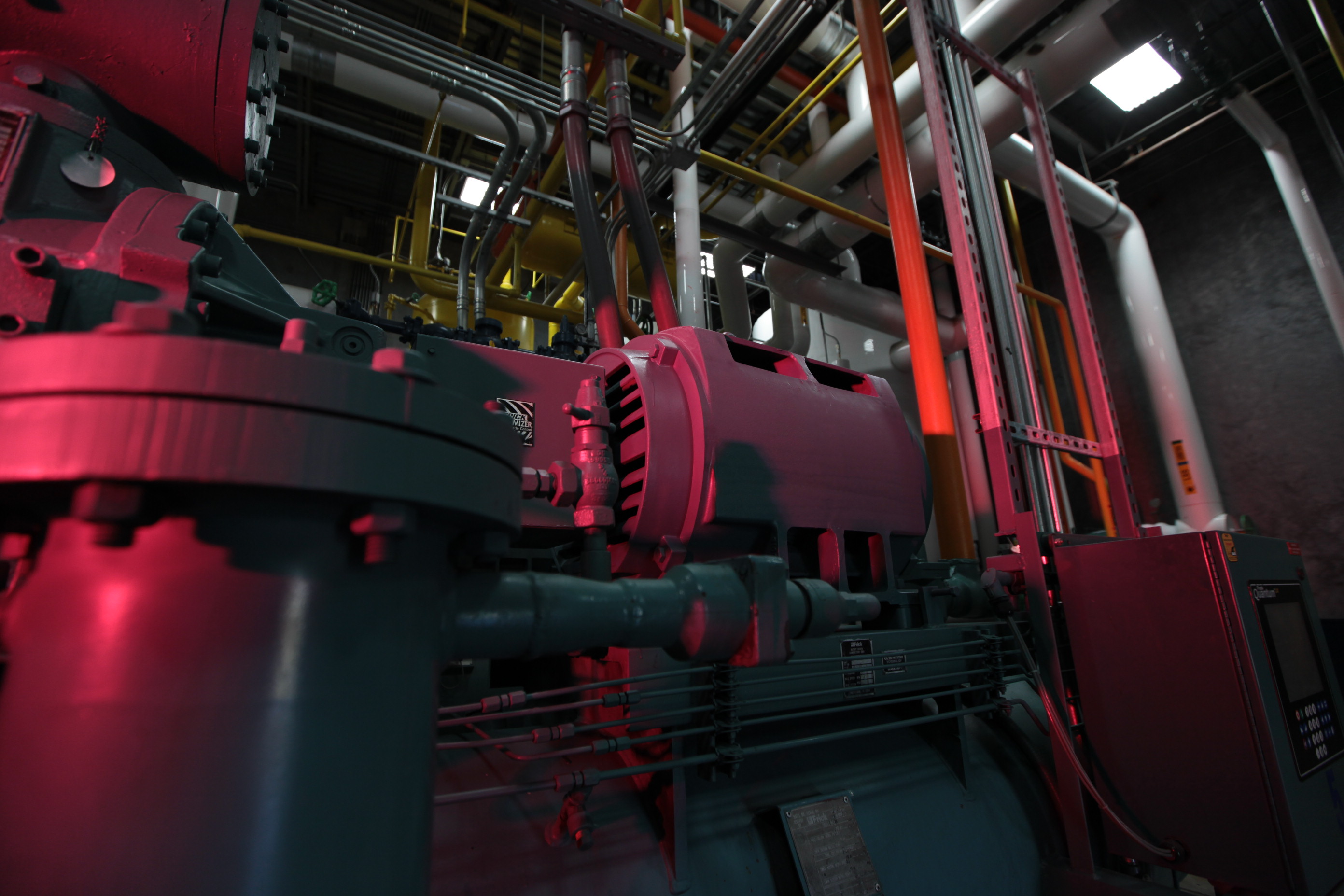
![[Timeline] 9 Defining Moments for the Food Processing Industry](https://stellarfoodforthought.net/wp-content/uploads/2015/07/Defining-Moments-for-the-Food-Processing-31.png)
